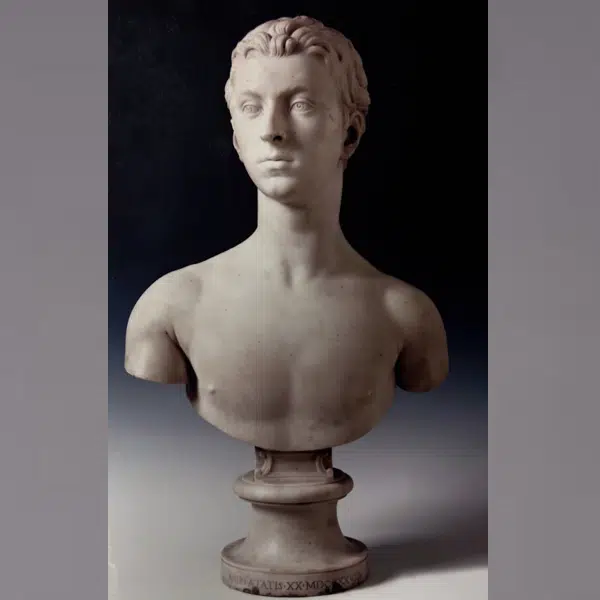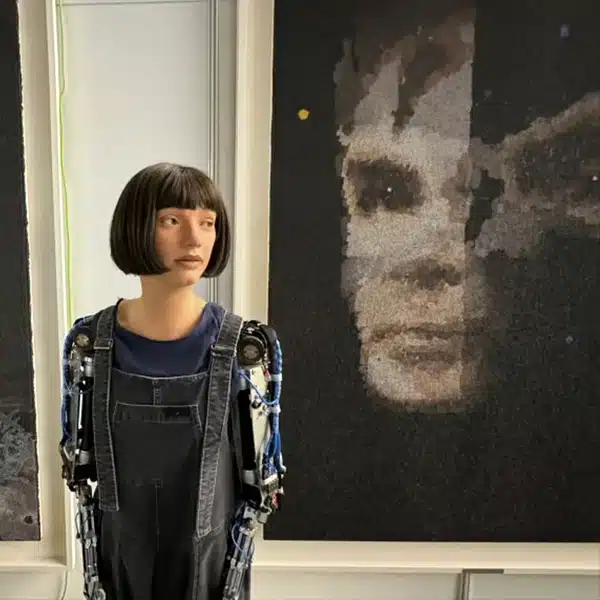Say her name
No to violence#مهسا_امینی #مهساامینی #Mahsa_Amini #MahsaAminii #oplran #Peace pic.twitter.com/Fw969ZeqlM— Majid (@Majid68900) September 27, 2022
Across Iran, women are leading the charge in massive protests sparked by the death of Mahsa Amini. Morality police, who enforce the proper use of hijabs in public, arrested the 22-year-old in Tehran on September 16, 2022. Not long after she was taken into custody, she was dead. Now, women throughout the country are taking to the streets, burning their hijabs, and cutting their hair in protest.
Amini, who was visiting the capital with her family, was in a detention center receiving educational training on hijab rules when she died. Officials say that she had a heart attack, but family members state that she was in perfect health, and witnesses told the family that security forces had beaten her. She was taken to the hospital and went into a coma. A photo as well as videos of Amini in the hospital—with blood pouring from her ear—were circulated widely and sparked even more horror.
Conservatives came to power two years after Iran's 1979 revolution and made it required for all women and girls over age 9 to wear a hijab. Over the years, this rule has been enforced, though often loosely. Since ultraconservative Ebrahim Raisi was elected president a year ago, hijab enforcement by the morality police has noticeably tightened. Even small infringements, like too many strands of hair being visible, are being enforced. In the months leading up to Amini's death, social media videos have shown women being dragged into vans by the morality police.
Amini's death appears to be the tipping point. Many young Iranian women see themselves in Amini. “I keep thinking Mahsa could be me; it could be my friends, my cousins,” a 20-year-old protestor named Yasi told The New York Times. “You don’t know what they will do to you.”
Although we have our own problems in #Ukraine
We see you #Iran and we are proud of you!
You go girls!#MahsaAmini #OpIran #مهسا_امینی pic.twitter.com/Fnbb3fDbJu— Sofia Ukraini (@SlavaUk30722777) September 25, 2022
And now, women are taking to the streets. They're walking with their heads uncovered, lighting bonfires and burning their hijab, and cutting their long hair in a demonstration to show that the government cannot control them. And many men are joining in as well.
However, protestors are paying for their defiance. Videos have shown the morality police beating and shooting pellets at protestors. Thousands—both men and women—have been arrested, and some have been killed. But, for many, the sacrifice is worth it. The hijab is a symbol of wider discrimination and social restrictions that women face.
Anger toward the government cuts across the entire population. For instance, Yasi's mother, Minoo, willingly wears a headscarf. Yet, she signed a petition created by religious women to outlaw the morality police and overturn the hijab law.
“We can’t impose what we think on one another,” she said. “I’m religious, but I’m fed up with the hypocrisy and lies of this regime treating us ordinary people like dirt.”
As the protests show no sign of slowing down, several internet outages in Iran have been reported. This hasn't stopped word of the growing crisis from leaking out. A generation of young Iranians is seizing the moment to ensure that their voices are heard.
“The anger isn’t over just Mahsa’s death, but that she should have never been arrested in the first place,” said Shadi Sadr, a human rights lawyer who campaigns for the rights of Iranian women. “Because they have nothing to lose they are standing up and saying, ‘Enough of this. I am willing to die to have a life worth living.’”
Women across Iran are burning their hijabs and cutting their hair in a massive protest.
This is Iran today. A woman proudly burning the most visible symbol of religious dictatorship; compulsory hijab.
Hijab police killed #MahsaAmini but now there are millions of Mahsa in Iran who are shouting NO to Forced hijab NO to gender apartheid regime.#مهسا_امینی pic.twitter.com/9tzd9IRwgB— Masih Alinejad ️ (@AlinejadMasih) September 19, 2022
No woman should ever have her life taken over her hair.
Help Iranians to get their freedom back.
Say her name #MahsaAmini
Be our voice.#مهسا_امینی #اعتصابات_سراسری #OpIran pic.twitter.com/Ww0J7lnX9U— Sara (@bahman_sara) September 27, 2022
Many are taking to the streets and simply walking without their hijabs—an act that is illegal.
See how Iranian women deal with the oppressors.
They know that they may face guns and bullets but they didn’t give up their fight.
This is just one example of Iranian women’s bravery.#مهسا_امینی #MahsaAmini pic.twitter.com/74VRsjJOVQ— Masih Alinejad ️ (@AlinejadMasih) September 25, 2022
An Iranian Woman walking with no hijab in defiance, in Tehran few hours ago.
#Tehran
#ایرن #مهسا_امینی
#Iran #MahsaAmini #OpIran pic.twitter.com/3NeQdyieYV— Ali Hadji Jafari (@Ali_HJafari) September 27, 2022
The death of 22-year-old Mahsa Amini, who was being detained by the morality police at the time, sparked public outcry.
#Iran: #MahsaAminii’s father won’t allow Islamic prayers over her body, ‘Take your #Islam and go’. pic.twitter.com/AKtTYWon5L
— Arun Pudur (@arunpudur) September 24, 2022
#مهسا_امینی #MahsaAmini
#اعتصابات_سراسری
Iranian people need to be hear by the world
We are fighting for freedom and basic human rights
Be our voice pic.twitter.com/qeuMDF4cNy— Niloofar (@Niloofar_hn) September 27, 2022
For many, the hijab has become a symbol of oppression that women in Iran face.
It’s not about the right of not wearing a hijab; it’s about sovereignty. It’s about freedom of being + the right to choose over our own bodies. The fight in Iran is the same in India & in the USA. We are all fighting for sovereignty & the freedom of our own bodies. #MahsaAmini
— Céline Semaan (@celinecelines) September 24, 2022
#MahsaAminii #مهسا_امینی #OpIran please support Iranplease help iran please be our voice pic.twitter.com/OYz96scHZD
— Maedeh Jafari (@MaedehJafari4) September 27, 2022
Have you seen pictures of Iranian girls? #MahsaAmini
These days they die for freedom in the streets?
We are on the street, join us, be our voice!#مهسا_امینی #MahsaAmini #IRAN@ddlovato@billieeilish@DUALIPA@JLo pic.twitter.com/6EZzutKYEO— Maryam Jalali (@MahsaaAmini) September 27, 2022
Artists around the world are also showing their support.
View this post on Instagram
View this post on Instagram
View this post on Instagram
View this post on Instagram
View this post on Instagram
h/t: [The New York Times]
Related Articles:
Men in Iran Are Wearing Hijabs in Support of Women’s Rights
Malala Yousafzai Speaks Out About the Future of Women in Afghanistan
Female Iranian Photographer Captures Action From Nearby Roof When Stadium Bans Women






















































































